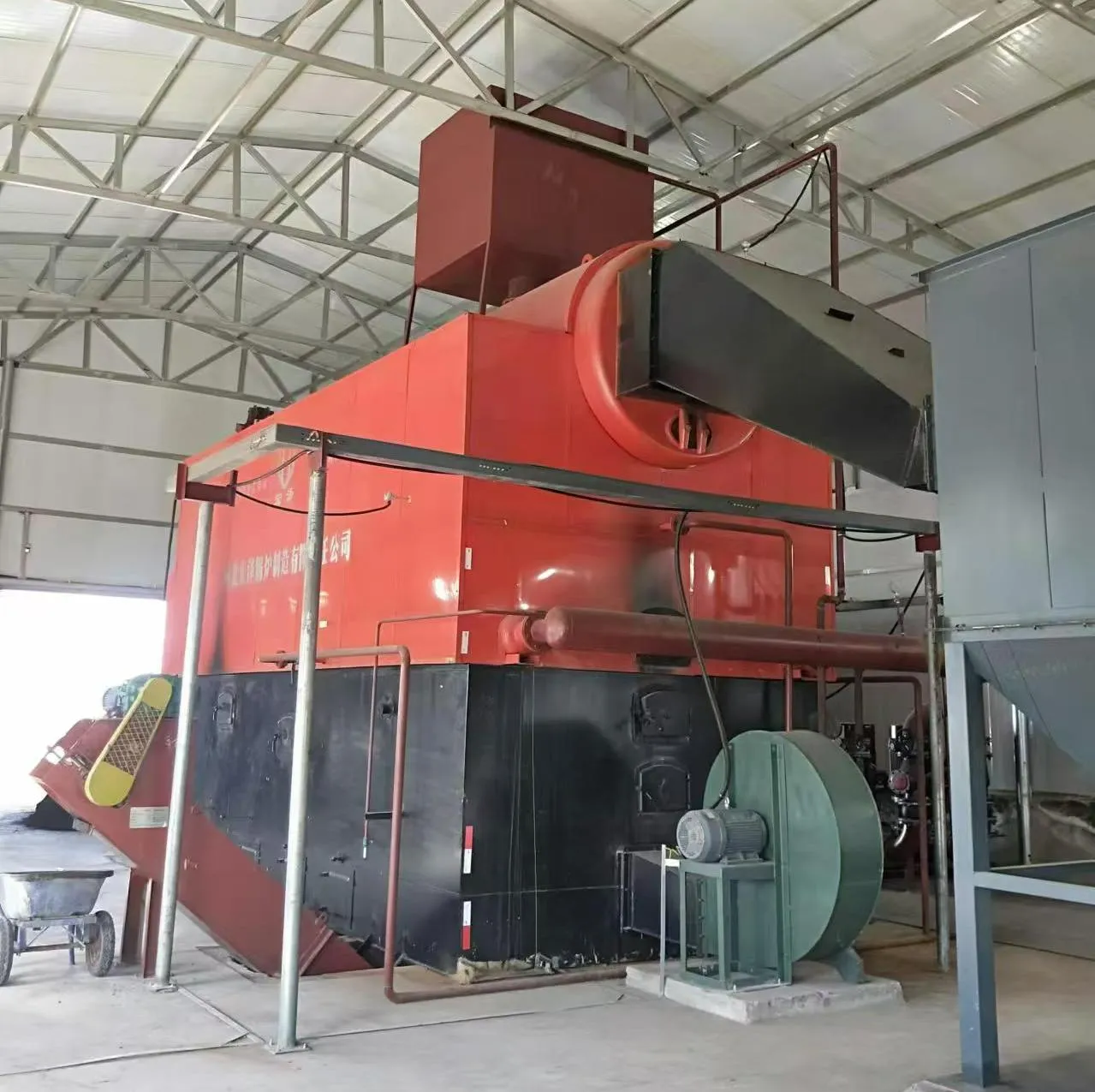
Dez . 06, 2024 06:42 Back to list
Steam Boiler Operations and Efficiency in Industrial Applications
Understanding the Steam Boiler Process
Steam boilers are essential components in a wide range of industries and applications, providing a reliable source of steam for heating, powering turbines, and facilitating various processes
. The steam boiler process involves several stages, from the initial heating of water to the final utilization of steam, and understanding these steps is crucial for optimizing efficiency and safety in industrial settings.At the heart of the steam boiler process is the conversion of water into steam through the application of heat. This heat can be generated using various fuel sources, including natural gas, oil, coal, or even renewable sources like biomass. The choice of fuel has significant implications for the boiler's efficiency, emissions, and overall environmental impact.
When water enters the boiler, it is typically at a temperature lower than the boiling point. The boiler's burner ignites the fuel, producing a flame that heats the water within a pressurized chamber, commonly referred to as the boiler drum. As the water absorbs heat, its temperature rises, and once it reaches 100 degrees Celsius (212 degrees Fahrenheit) at atmospheric pressure, it begins to transform into steam. However, to efficiently produce steam at higher temperatures and pressures, the water must be kept under pressure, which elevates the boiling point.
Once steam is generated, it can be classified into two main categories saturated steam and superheated steam. Saturated steam is in equilibrium with liquid water, existing at a specific temperature and pressure. Conversely, superheated steam is steam that has been heated beyond this point, allowing it to achieve higher temperatures and thus greater energy potential. Superheated steam is commonly used in electricity generation, particularly in steam turbines, as it ensures that turbines operate efficiently without the risk of water droplets damaging the blades.
steam boiler process

The steam generated is then transported through a network of pipes to the intended application. Here, steam can be used for space heating, powering machinery, or driving turbines for electricity generation. In many industrial operations, steam serves as a critical component in processes such as sterilization, distillation, and chemical manufacturing, where precise temperature control and the flow of heat are paramount.
Efficiency in steam boilers is essential not only for cost savings but also for reducing environmental impacts. Modern steam boilers are designed to optimize fuel combustion, minimize heat losses, and recover heat through economizers and condensate return systems. An economizer, for instance, utilizes the heat from flue gases to preheat the incoming water, thus reducing the fuel needed to generate steam. Similarly, returning condensate—through heating and reusing water—can significantly enhance overall system efficiency.
Due to the high pressures and temperatures involved, steam boiler systems also require rigorous safety measures to prevent failures and accidents. Regular maintenance, testing of safety valves, and routine inspections are crucial to ensure that the system operates within safe parameters. Additionally, boiler operators are trained to recognize potential issues and respond effectively to emergencies.
In conclusion, the steam boiler process is a complex and integral part of modern industrial operations. It encompasses the transformation of water into steam through heating, the careful management of steam distribution, and the implementation of efficiency and safety measures. As industries continue to seek sustainable solutions, advancements in boiler technology and fuel efficiency will play a critical role in developing greener practices while maintaining essential services. Understanding this process not only helps in optimizing operations but also contributes to broader environmental objectives and sustainability goals.
-
Efficient Biomass Fired Hot Water Boiler | AI Heating Solution
NewsAug.01,2025
-
High-Efficiency Gas Thermal Oil Boilers | HPT Models
NewsJul.31,2025
-
Oil Fired Hot Water Boilers Sale - High Efficiency & Affordable
NewsJul.31,2025
-
High-Efficiency Commercial Oil Fired Steam Boiler for Industry
NewsJul.30,2025
-
High-Efficiency Biomass Fired Thermal Oil Boiler Solutions
NewsJul.30,2025
-
High Efficiency Gas Fired Thermal Oil Boiler for Industrial Heating
NewsJul.29,2025
Related PRODUCTS






















